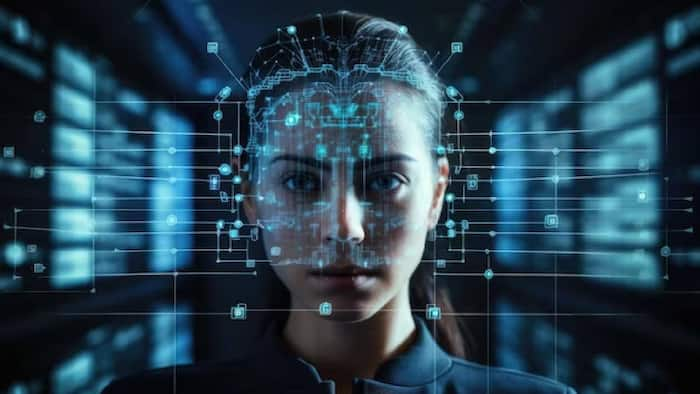
Written By Om Gupta
Published By: Om Gupta | Published: Nov 10, 2023, 09:57 PM (IST)

For a long time, deepfakes have been creating fake content, but they have become more advanced with new technology. A deepfake video of Indian actor Rashmika Mandana was the latest example of how celebrities are targeted by such digital deception. In fact, the real clip was of Zara Patel, a British-Indian Instagram influencer with 415K online followers. Some troublemakers used an AI-powered app to swap Mandanna’s face with Patel’s face. Also Read: Meta AI Releases a New Way to Edit Video: Here’s How It Works
Mandanna was deeply shocked and hurt by how technology was used to slander women and asked the police to act quickly. This incident sparked a lot of worries about online privacy. Amitabh Bachchan, a Bollywood legend, demanded legal action against the offender. Rajeev Chandrasekhar, the Union Minister of State for Entrepreneurship, Skill Development, Electronics & Technology, said “Deepfakes are a new and more harmful form of misinformation that platforms need to address”. In this article, we will explain what deepfake videos are, how they are created, and some tips on how to identify them. Also Read: SuperMaker AI Launches Next-Gen AI Service to Generate Text, Video, Music, and More
Deepfakes refer to doctored media, usually videos, that are fabricated using AI methods. These methods allow for the alteration of a person’s look or voice to mimic another’s, creating the impression that the individual in the video is performing actions or uttering words they never really did. Also Read: Samsung Galaxy AI adds Hindi, among 16 new languages
Deepfake videos are created by using two types of neural networks, called encoder and decoder, which are often part of a Generative Adversarial Network (GAN). The encoder network examines the original content, such as a face, and identifies the key features and patterns. These features are then passed to the decoder network, which produces new content, such as a modified face. This process is done over and over until the AI reaches the desired outcome. For video deepfakes, this process is applied to every frame of the video to make it consistent. GANs operate by using a generator network to make fake content and a discriminator network to tell apart fake and real content.
Check for visual and audio inconsistencies, such as:
– Unnatural facial expressions, lip-sync, or blinking
– Changes in tone, pitch, or speech patterns
Examine the surroundings, such as:
– Visual distortions, blurring, or lighting
– Plausibility of the person’s presence in the setting
Analyze the context and content, such as:
– Alignment of the behaviour or statements with the person’s traits
– Example: A video of Barack Obama using certain language about Donald Trump would be doubtful
Verify the source, such as:
– Reliability and reputation of the media
– Example: A video from a random YouTuber or social media account would be suspicious
It is worth noting that deepfake technology is improving rapidly, making it harder to detect fake content. This highlights the need for better detection methods and ethical use of AI. As technology evolves, it is important to be alert and careful when consuming media.
A person who uses deepfake technology to capture, publish, or transmit someone’s images in mass media without their consent, violates section 66E of the IT Act of 2000. This is a crime that can lead to imprisonment for up to three years or a fine of up to Rs. 2 lahks.
Union Minister Rajeev Chandrasekhar stated, “The IT rules that were announced in April 2023, make it mandatory for platforms to: prevent any user from posting misinformation AND, remove any misinformation within 36 hours if reported by any user or govt. If platforms fail to do this, rule 7 will apply and platforms can be sued by the affected person under IPC laws.”